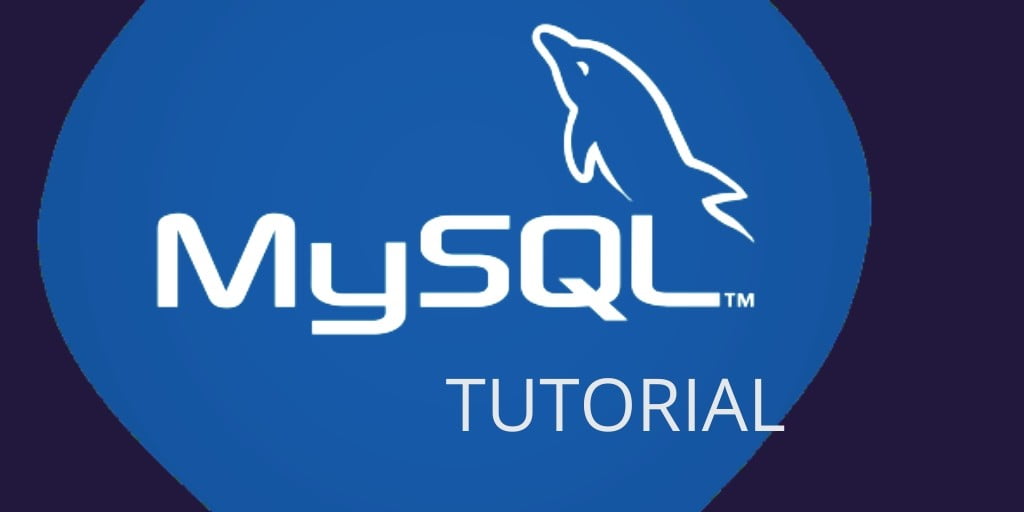MySQL tutorial point; In this tutorial, we are going to discuss topics of MySQL like what is MySQL, Who create MySQL, History of MySQL and After that, we will create a tutorial step by step of MySQL that will help to learn MySQL in easy way.
What is MySQL?
Basic information about MySql:-
My daughter is the daughter of MySQL co-founder, Monty Vandenius. MySQL My and SQL, MySQL is a combination. MySQL is used for many small and large businesses. It is developed, marketed and supported by Swedish company MySQL AB. It is written in C and C ++.
MySQL is a database management system that allows you to manage relational databases. It is an open-source software supported by Oracle. This means that you can use MySQL without paying any amount. In addition, if you want, you can change its source code according to your needs.
History Of MySQL:-
MySQL is an open-source database product, created by MySQL AB, which was founded in Sweden in 1995.
The MySQL project was started in 1979, when MySQL inventor, Michael Widenius developed an inhouse database tool called UNIREG for database management. After that UNIREG was rewritten in many different languages and extended to handle large databases. After some time Michael Widenius approached mSQL author David Hughes, to see if Hughes would be interested in adding mSQL to UNIREG’s B + ISAM handler to provide indexing to MySQL. In this way, MySQL came into existence.
Uses and How to work MySql:-
MySQL can run on various platforms such as UNIX, Linux, Windows, etc. You can also install it on the server or on the desktop. In addition, MySQL is reliable, scalable and fast.
If you develop a website or web application, then MySQL is a good choice. MySQL is an essential component of the LAMP stack, which includes Linux, Apache, MySQL, and PHP.
Due to popularity
MySQL is getting so popular due to these reasons:-
- MySQL is an open-source database, so you do not have to pay any amount of use it.
- It is a very powerful program so it can handle a large set of functionality of the most expensive and powerful database packages.
- It is customizable because it is an open-source database and allows open-source GPL license programmers to modify SQL software according to their specific environment.
- MySQL is faster than other databases, so it can also work well with large data sets.
- MySQL supports many operating systems such as PHP, PERL, C, C ++, JAVA, etc.
- It uses the standard form of the famous SQL data language.
- MySQL is very friendly with PHP, which is the most popular language for web development. It supports a large database of 50 million rows or more in a table. The default file size limit for the table is 4GB.
MySQL Tutorial Overview
MySQL Database
Table & Views
MySQL Queries
MySQL Clauses
MySQL Conditions
MySQL Join & Subqueris
Aggregate Functions
MySQL Date/Time Functions
- MySQL Date/Time
- DATE() function
- ADDDATE() function
- CURDATE() function
- CURRENT_DATE() function
- Date_sub() function
- DATE_ADD() function
- DATE_FORMAT() function
- DATEDIFF() function
- DAY() function
- DAYNAME() function
- DAYOFMONTH() function
- DAYOFWEEK() function
- DAYOFYEAR() function
- From_days() function
- Hour() function
- ADDTIME() function
- CURRENT_TIME() function
- CURRENT_TIMESTAMP() function
- CURTIME() function
- last_day() function
- localtime() function
- localtimestamp() function
- makedate() function
- maketime() function
- microsecond() function
- minute() function
- month() function
- monthname() function
- now() function
- period_add() function
- period_diff() function
- quarter() function
- sec_to_time() function
- second() function
- str_to_date() function
- Subdate() function
- Subtime() function
- Sysdate() function
- time() function
- time_format() function
- time_to_sec() function
- timediff() function
- timestamp() function
- to_day() function
- timestampadd() function
- timestampdiff() function
- weekday() function
- week() function
- weekofyear() function
MySQL Math
- ABS() function
- ACOS() function
- SIGN() function
- SIN() function
- SQRT() function
- SUM() function
- TAN() function
- TRUNCATE() function
- ASIN() function
- ATAN2() function
- ATAN() function
- AVG() function
- CEIL() function
- CEILING() function
- COS() function
- COT() function
- COUNT() function
- DEGREES() function
- DIV() function
- EXP() function
- FLOOR() function
- GREATEST() function
- LEAST() function
- LN() function
- LOG10() function
- LOG() function
- LOG2() function
- MAX() function
- MIN() function
- MOD() function
- PI() function
- POWER() function
- POW() function
- RADIANS() function
- RAND() function
- ROUND() function
MSQL String Functions
- CONCAT_WS() function
- CONCAT() function
- CHARACTER_LENGTH() function
- ELT() function
- EXPORT_SET() function
- FIELD() function
- FIND_IN_SET() function
- FORMAT() function
- FROM_BASE64() function
- HEX() function
- INSERT() function
- INSTR() function
- LCASE() function
- LEFT() function
- LENGTH() function
- like() function
- LOAD_FILE() function
- LOCATE() function
- LOWER() function
- LPAD() function
- LTRIM() function
- MAKE_SET() function
- MID() function
- OCTET_LENGTH() function
- OCT() function
- ORD() function
- POSITION() function
- QUOTE() function
- REPEAT() function
- REPLACE() function
- REVERSE() function
- RIGHT() function
- RPAD() function
- RTRIM() function
- SOUNDEX() function
- SPACE() function
- STRCMP() function
- SUBSTR() function
- SUB_INDEX() function
- SUB() function
- Trim() function
- UCASE() function
- UNHEX() function
- UPPER() function
